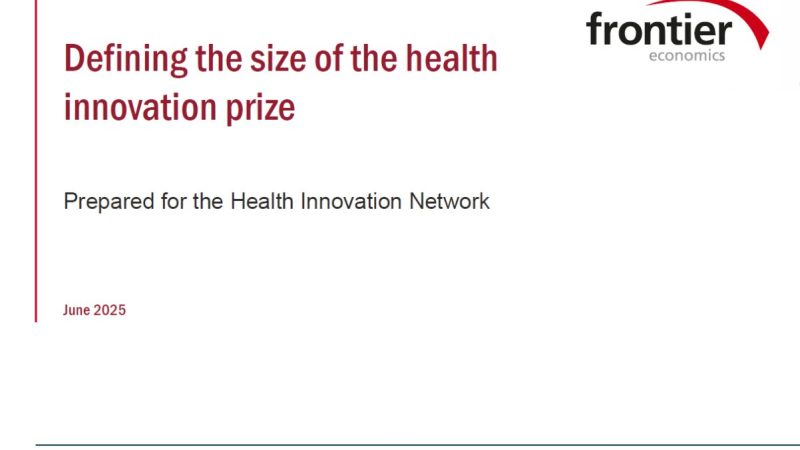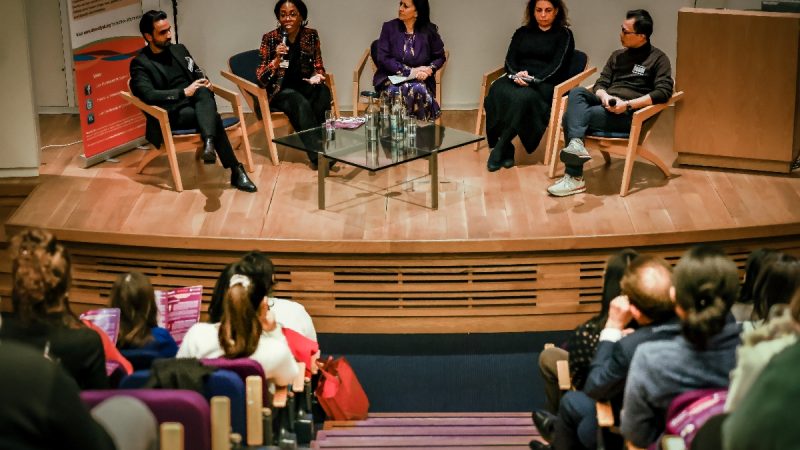New report identifies a blueprint to close the womens health gap

The McKinsey Health Institute (MHI) in collaboration with the World Economic Forum today published a new report identifying actionable steps to advance better health for women and build stronger economies – alongside a global platform to measure, track, and help close the women’s health gap.
Women spend 25 percent more time in poor health than men on average – a gap which, if closed, could add over seven additional days of healthy life for every woman and more than $1 trillion to the global economy annually by 2040. The report explores nine medical conditions—ischemic heart disease, cervical cancer, breast cancer, maternal hypertensive disorder, post-partum haemorrhage, menopause, pre-menstrual syndrome (PMS), migraine, and endometriosis—which together make up one-third of the women’s health gap. Closing the gap on these nine conditions alone could unlock $400 billion in global annual GDP by 2040.
This new research is unveiled alongside the Women’s Health Impact Tracking (WHIT) platform – a new mechanism to measure, track, and address gaps across these nine conditions across 15 countries, and will be scaled to additional conditions and countries. The result is an actionable blueprint for stakeholders to action on and scale progress to close the women’s health gap. The following framework can be harnessed across public, private, and social sector stakeholders to help women and girls live healthier, fuller lives and build stronger economies:
- Count women: Improve and set standards for sex- and gender-based data collection to better understand women’s health.
- Study women: Research conditions specific to women and the drivers of sex-based differences across all conditions.
- Care for women: Adopt clinical practice guidelines aligned with sex- and gender-based care and enhance education and delivery systems to implement this care.
- Include all women: Address inequities in care to improve outcomes for all women across all demographics.
- Invest in women and girls throughout their lives: Funnel resources towards strengthening the health of women and support women in leadership positions across health and social systems.
Attention and action to close the women’s health gap using these five pillars can improve the lives of women and girls around the world and enable stronger economies. When women benefit, everyone does.
“We’ve established that the women’s health gap exists and the value associated with it – we now need to take action, and we have the blueprint to do it.” said Dr. Lucy Pérez, Senior Partner at McKinsey & Company and Coleader of the McKinsey Health Institute. “Closing the gap on these nine conditions can significantly improve the quality of life for countless women worldwide, so imagine what’s possible when this blueprint is scaled towards every condition affecting women. The framework we’ve developed provides a pathway forward to scale and accelerate closing the broader women’s health gap. It’s time to put the health of women and girls at the forefront of health investments and build stronger economies.”
“Measuring progress is essential for driving meaningful change and developing effective healthcare strategies tailored to women,” said Shyam Bishen, Head of the Centre for Health and Healthcare and member of the Executive Committee, World Economic Forum. “Despite women’s distinct health needs, they are often overlooked due to a lack of sex-specific research—only around 10 percent of clinical trials for ischemic heart disease and migraine report such data. The Women’s Health Impact Tracking platform provides a vital tool to identify these gaps and offers actionable insights to close them.”
Read the full report, click below:
https://www.mckinsey.com/mhi/our-insights/blueprint-to-close-the-womens-health-gap-how-to-improve-lives-and-economies-for-all
About the McKinsey Health Institute
The McKinsey Health Institute (MHI) is an enduring, non-profit-generating entity within McKinsey & Company. MHI believes, over the next decade, humanity could add as much as 45 billion extra years of higher-quality life, which is roughly six years per person on average — and substantially more in some countries and populations. MHI’s mission is to catalyze the actions needed across continents, sectors, and communities to realize this possibility.




